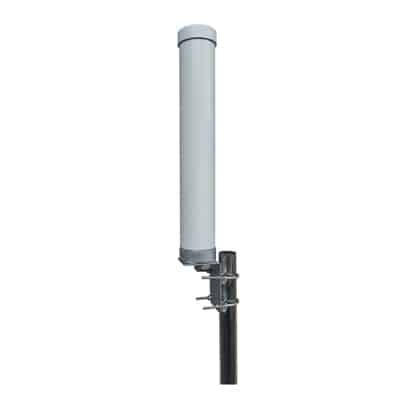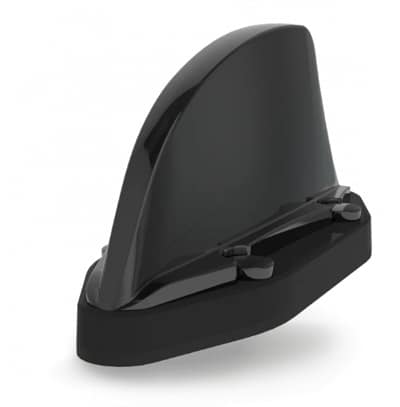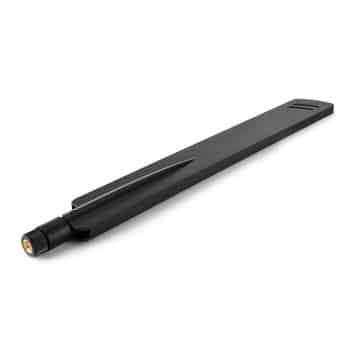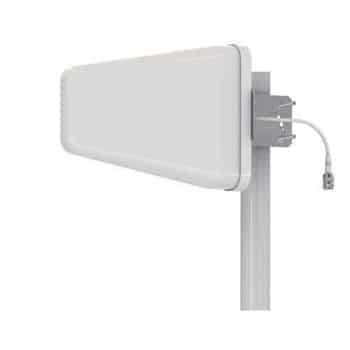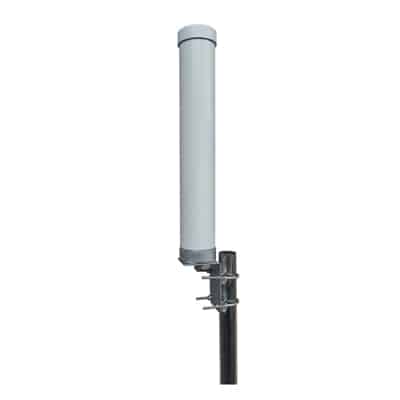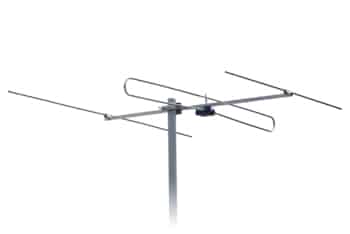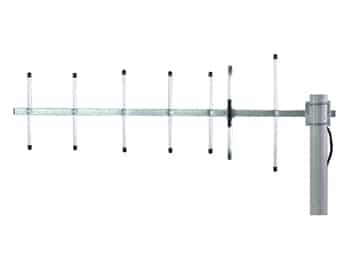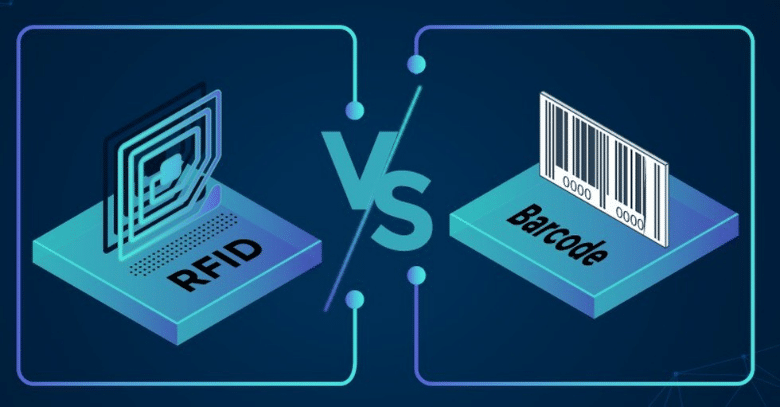
The debate between RFID and barcode has frequently been framed as one between the past and the present, with supporters of each technology eager to demonstrate why theirs is the superior choice.
In general, RFID and barcode have a lot in common because they both aim to address issues in asset-heavy businesses. Even while we frequently refer to one of these technologies as the sole option, it is extremely typical to see both being used simultaneously.
Companies can track their assets and save item information using barcodes and RFID. This data is frequently printed on tags and is accessible, shareable, and storable online.
Table of Contents
ToggleWhat is Barcode?
These is a form of data representation that is understandable by computers and scanners. A square-shaped barcode with a few parallel, black-and the white lines and a few digits written directly beneath it is called a barcode. It is employed for inventory or asset tracking. Smartphones can read the data as well. Barcodes now come in one and two dimensions.
In contrast to 2-D, which is more complex than 1-D and can contain details such as price, quantity, and images, 1-D is straightforward and can only store text data and product prices.
The market for 2D barcode readers worldwide was estimated to be worth 6.79 USD billion in the 2020, and it is projected to increase at a (CAGR) between 2021 and 2028 of 6.7%, according to Grand View Research. Growth is anticipated to be fueled by the expanding utilization of 2D barcode scanners for inventory management and obtaining business analysis for streamlining operations.
What is RFID?
RFID stands for “radio-frequency identification,” a technology that uses radio waves to read digital data encoded in RFID tags or smart labels (described below). In that information from a tag or label is recorded by a device and stored in a database, RFID is comparable to barcoding. Contrary to systems that use barcode asset tracking software, RFID has a number of advantages. The most apparent difference is that although barcodes require alignment with an optical scanner, RFID tag data can be read without being in line of sight.
What are the Benefits and Drawbacks of the Barcode?
The benefits of barcode
- They are economical
- Barcodes are incredibly precise.
- Almost everyone uses barcodes.
- It eliminates the chance of human error or mistake in inventory tracking.
- By using a barcode scanner, they can be prepared from anywhere in the world.
- Given that you can look a barcode on practically every item and commodity, barcode technology is simple to use.
The drawbacks of barcode
- It must be scanned straight ahead.
- There is no alternative to scanning the merchandise if it is tempered.
- Only a limited quantity of data is stored by a barcode.
- To scan the barcode, the barcode scanner must be kept close to item.
What are the Benefits and Drawbacks of the RFID?
The benefits of RFID
- RFID automates data collection, minimizing human error and labor.
- It is not necessary to read all data material line by line.
- Because it read numerous tags simultaneously, efficiency is increased.
- It can also read information at a distance.
- Data security includes encrypting the password. Thus, it offers excellent safety.
- RFID’s tags are usable multi times due to their plastic covering.
The drawbacks of RFID
- The signal’s influence is sensitive to materials like metal and liquid.
- It occasionally reads the data by accident.
- Due to the embedded chip in RFID tags, their price is significantly higher than that of barcodes.
- The implementation of RFID takes time.
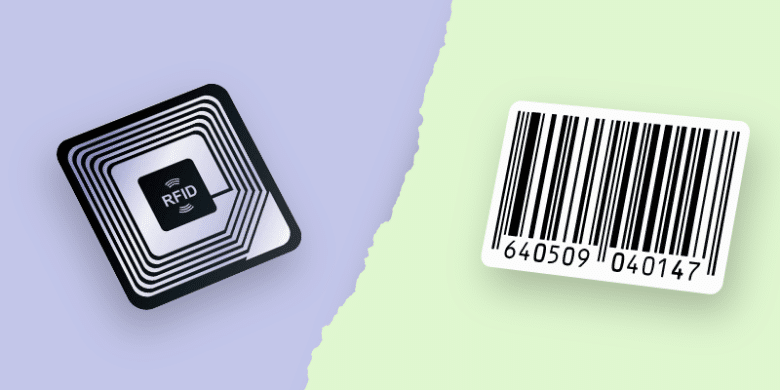
What can Tesswave do for you?
Tesswave provide 100+ antenna products and you can contact us for antenna customized solutions, get in touch with us today to get a Free quote.
Get an Instant Quote
Get a FREE quote and we will contact you within an hour
What Similarities Exist Between RFID and Barcode?
They are comparable in a number of ways, including:
- Asset tracking and inventory tracking leverage both technologies.
- Two tracking technologies for acquiring and collecting data are RFID and barcode.
- Both devices allow for retrieval of stored data using different devices.
What Differences Exist Between RFID and Barcode?
Two methods that are often used for asset tracking and inventory tracking are RFID and barcodes. Numerous businesses, including retail, transportation, fashion, and manufacturing, use these technologies. An organization makes a number of decisions each day to reduce costs and boost output. Therefore, it’s vital to pick technology that functions successfully and efficiently for your company. Understanding the key distinctions between RFID and barcode is crucial for business success and maximizing return on investment (ROI).
- RFID cannot be read in a linear form like a barcode must be in order to read an item.
- A barcode is significantly less expensive than RFID.
- Compared to barcodes, RFID can also read data from approximately 10-30 feet away.
- Compared to barcodes, RFID tags can scan data quickly.
- Barcode is considerably easier to use than RFID because it is lighter and smaller.
- Unlike barcodes, which can only read data, RFID can write and read data.
- Since numerous products cannot be scanned at once, barcodes offer precision and dependability. As a result, you need not be concerned about an inadvertent scan.
- RFID may also keep track of a product’s maintenance history, expiration date, etc.
Conclusion
Each asset tracking technology has advantages and disadvantages of its own. Therefore, it depends on you to determine which will be beneficial to anyone’s products in anyone’s particular work environment. For instance, a barcode that is designed exclusively for tracking inventory may be used in a small store. However, far more expensive for them if this small store uses RFID technology. Employing RFID or barcode asset monitoring technology is crucial for businesses. Utilizing tags will provide you an advantage, which is another important point.
Frequently Asked Questions
Is RFID superior to barcode?
RFID has more benefits than Barcode, but as we have previously stated, you must first understand your company requirements before you can decide which technology is ideal for your particular business process.
Can barcodes be replaced by RFID?
We do not believe that any technology will replace the barcode because it has been around for a very long time and has been used successfully in many businesses. The QR Code, on the other hand, is an updated form of Barcodes, and one may appear in the future.
Is RFID more affordable than barcodes?
Definitely not, as it is always said that an RFID tag is 10 times more expensive than a barcode.

